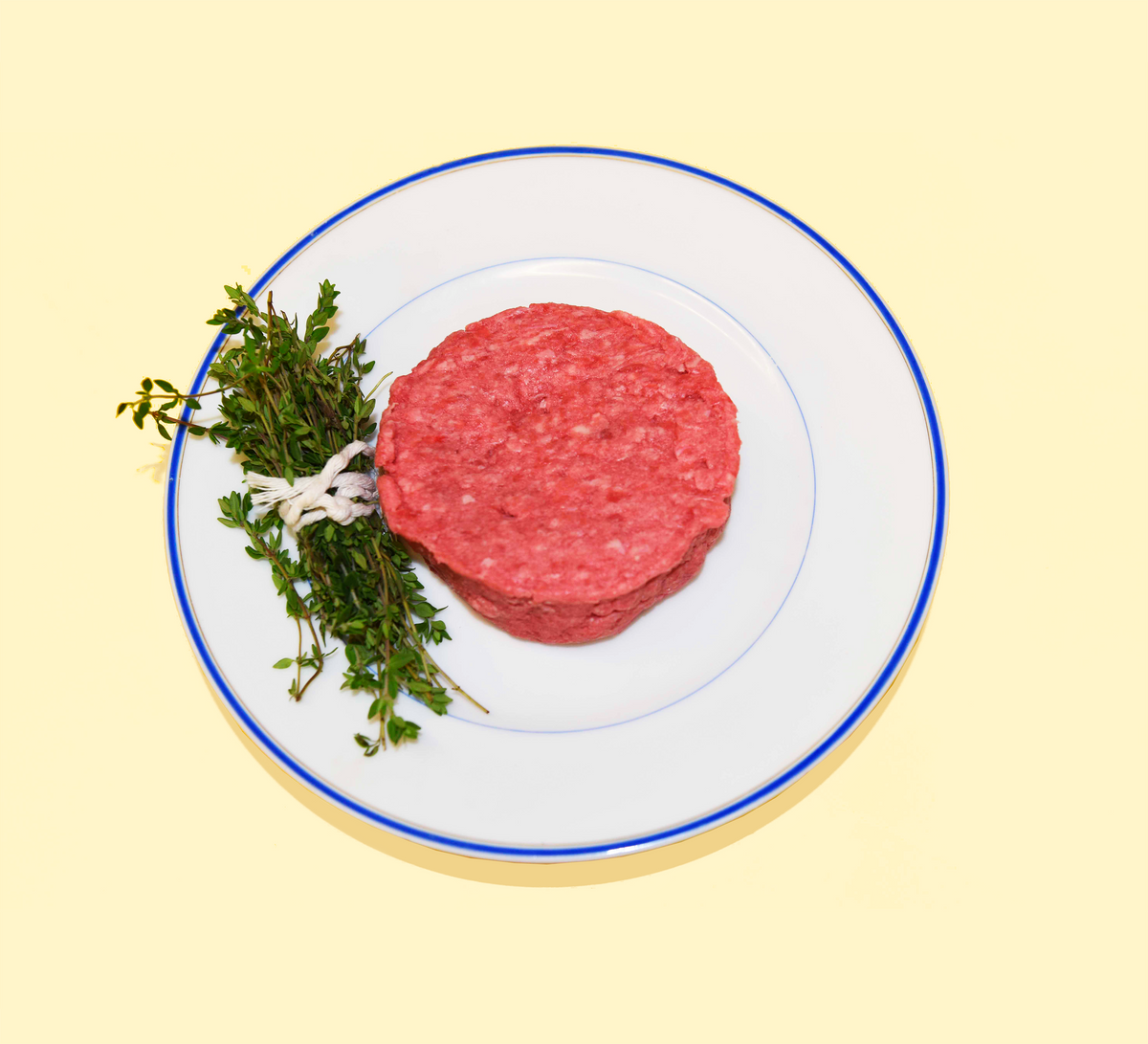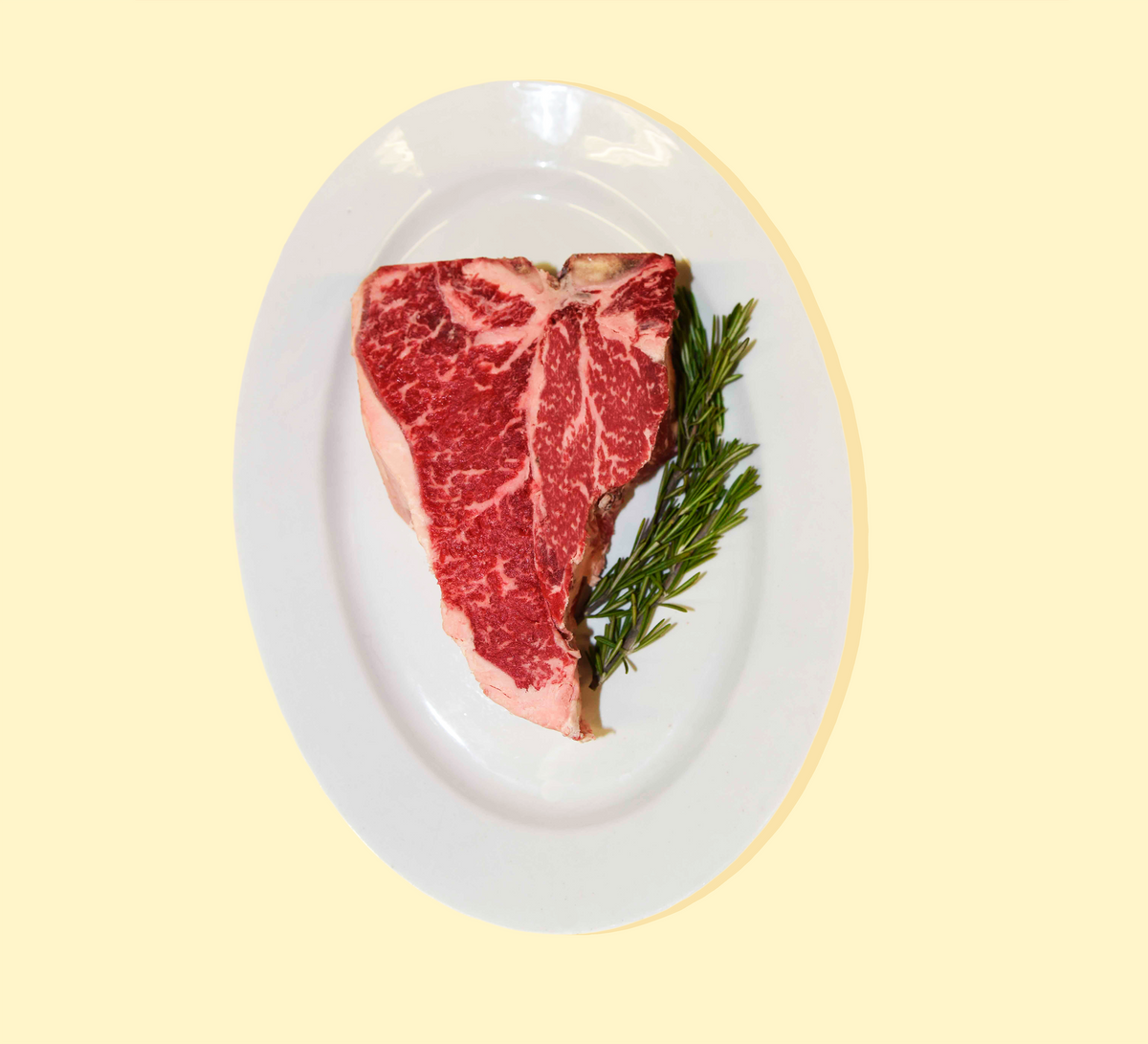As I was savoring a new jar of honey from Winter Park Honey, I couldn’t help but think of the fascinating journey this sweet nectar takes from the hive to my table. Little did I know that this honey, infused with local pollen, held secrets that went beyond its rich taste. Let me take you on a journey of discovery about local bee honey and its innovative enhancements.
What Makes Local Bee Honey Special?
When we think about honey, we often picture a golden, sweet substance. But have you ever considered what makes local bee honey truly special? It's not just about sweetness; it's about the unique flavors and health benefits that come from the local environment. Let’s dive into what sets local bee honey apart.
The Unique Flavor Profiles of Local Honeys
Local bee honey offers a variety of flavor profiles. Each batch is like a snapshot of the local flora. Imagine tasting the wildflowers blooming in your neighborhood or the citrus blossoms from nearby orchards. Each honey has its own story, shaped by the plants that bees visit. Isn’t that fascinating?
- Floral Notes: Some honeys are light and floral, while others are rich and robust.
- Seasonal Variations: The flavor can change with the seasons, reflecting what is in bloom.
- Regional Influence: Different regions produce different flavors based on their unique plants.
As Scott from Winter Park Honey says,
“Local honey tastes like the landscape it comes from. It's unique to each area!”This statement perfectly encapsulates the essence of local honey. Each jar is a reflection of the environment, and it’s this diversity that makes local honeys so appealing.
Impact of Regional Pollen on Honey Taste
The taste of honey is significantly influenced by the pollen that bees collect. Bees gather pollen from various flowers, and this pollen contributes to the flavor of the honey. The more diverse the flora, the more complex the flavor profile. Think of it like a recipe: the ingredients you use will determine the final dish.
In areas with a rich variety of plants, honey can have a multitude of flavors. For example, honey from a region with wildflowers may taste sweet and floral, while honey from a citrus area might have a zesty, tangy note. This is where the magic happens. The regional pollen creates a unique taste that you simply can’t find in mass-produced honey.
Connection Between Local Bee Health and Honey Quality
Another important aspect of local bee honey is the health of the bees themselves. Healthy bees produce higher-quality honey. When bees thrive in their environment, they can gather pollen more efficiently. This leads to a richer, more flavorful honey. It’s a beautiful cycle: healthy bees create better honey, and better honey supports the health of the local ecosystem.
At Winter Park Honey, we take this connection seriously. We enhance our honey by incorporating special pollens from the local area and beyond. This not only elevates the flavor but also boosts the nutritional benefits. By infusing these specific pollens, we ensure that our honey captures the essence of the local environment.
Flora Diversity Contributes to Honey Flavor Variations
Flora diversity is key to the unique flavors of local bee honey. The more diverse the plants, the more varied the honey. It’s like a tapestry woven from different threads. Each flower adds its own color and texture to the final product. This diversity not only enhances flavor but also supports bee health and the overall ecosystem.
So, when you choose local bee honey, you’re not just selecting a sweetener. You’re choosing a product that tells the story of the land. You’re supporting local beekeepers and the environment. It’s a win-win situation!
In conclusion, local bee honey is a delightful blend of flavors, health benefits, and environmental storytelling. It’s a reminder of the beauty of nature and the importance of supporting local ecosystems. So next time you reach for honey, consider the journey it took to get to your table. Each jar is a taste of the landscape, a celebration of local flora, and a testament to the hardworking bees that make it all possible.
The Role of Pollen in Enhancing Honey
Have you ever wondered why honey tastes different depending on where it’s sourced? It’s not just the flowers; it’s also the pollen. Pollen plays a vital role in enhancing honey, and I’m excited to share how regional pollens can improve health benefits, the science behind pollen infusion in honey, and how local honey might even help with allergies.
How Regional Pollens Can Improve Health Benefits
Let’s start with the basics. Pollen is more than just a byproduct of flowers; it’s a powerhouse of nutrients. Different types of pollen carry distinct health benefits. For example:
- Bee Pollen: Known for its high protein content, it’s often touted as a superfood.
- Flower Pollen: Contains vitamins and minerals that can boost your immune system.
- Regional Pollen: When you consume honey infused with local pollen, you’re tapping into the specific nutrients that your body needs based on your environment.
By infusing honey with these local pollens, we can elevate its nutritional value. As I often say,
"By infusing local pollen, we elevate honey to a new nutritional level."This isn’t just a catchy phrase; it’s a commitment to health.
The Science Behind Pollen Infusion in Honey
So, how does this infusion process work? Bees naturally collect pollen while they gather nectar. They carry it back to the hive, where it becomes part of the honey-making process. However, we can enhance this process. At Winter Park Honey, we add specific pollens to our honey. These pollens are tiny and can travel hundreds of miles through the air. This means they can come from a variety of sources, enriching the honey with diverse nutrients.
Imagine this: each jar of honey is like a mini ecosystem, reflecting the flora of the region. The bees do their part, but we take it a step further. By incorporating additional pollen, we’re not just making honey; we’re crafting a health-boosting elixir.
Potential Allergy Relief Through Local Honey Consumption
Now, let’s talk about allergies. Many people swear by local honey as a remedy for seasonal allergies. The idea is simple. By consuming honey made from local pollen, you might help your body build immunity to the very allergens that trigger your symptoms. It’s like a natural vaccine!
Here’s how it works:
- Exposure: When you eat local honey, you expose your body to the pollen in your area.
- Immune Response: Your immune system begins to recognize this pollen and can adapt to it.
- Reduced Symptoms: Over time, this can lead to fewer allergy symptoms during peak pollen seasons.
Of course, this doesn’t mean honey is a cure-all. But it’s a delicious way to potentially ease your allergy woes. And who wouldn’t want to enjoy a sweet treat while helping their body?
The Commitment to Health
Infusing honey with regional pollen is not just an innovation; it’s a commitment to health. The lesser-known benefits of honey, such as assisting with allergies, make it an intriguing dietary addition. When we choose local honey, we’re not just supporting our health; we’re also supporting local beekeepers and the environment.
At Winter Park Honey, our goal is to bring you a product that tastes great and offers nutritional advantages. We believe that by drinking in nature's diversity through our honey, you can appreciate the powerful impact of local pollens on your health. Why not enhance your diet with what’s naturally flying around in your area?
So, the next time you reach for a jar of honey, consider its origins. The pollen it contains could be doing wonders for your health. And remember, every spoonful is a step towards a healthier you.
A Sweet Solution for Sustainability
When we think about honey, we often picture a sweet treat. But local bee honey is so much more than just a delicious addition to our meals. It plays a vital role in supporting local ecosystems. In this post, I want to explore how choosing local honey can be an act of environmental stewardship.
How Local Bee Honey Supports Local Ecosystems
Local bee honey is a product of the hard work of bees, who are crucial to our environment. These tiny creatures pollinate plants, helping them reproduce. Without bees, many of our favorite fruits, vegetables, and nuts would disappear. By consuming local honey, we help maintain the bee populations that are essential for our agricultural systems.
But how does this work? When we buy honey produced in our area, we support local beekeepers. These beekeepers often practice sustainable methods that protect bee health and promote biodiversity. They ensure that their bees have access to a variety of flowers, which in turn helps maintain a balanced ecosystem. It's a win-win situation!
The Importance of Sustainable Beekeeping Practices
Sustainable beekeeping is all about balance. It involves practices that protect bee health and the environment. Here are a few key points to consider:
- Natural habitats: Sustainable beekeepers provide bees with natural habitats, allowing them to thrive.
- Minimal intervention: They intervene as little as possible, letting bees do what they do best—create honey!
- Education: Many local beekeepers educate the community about the importance of bees and how to protect them.
By supporting these practices, we can help ensure that bee populations remain healthy. This is crucial because healthy bees lead to better pollination, which benefits our food supply and the environment.
Consumer Impact on Promoting Local Honey Production
As consumers, we hold the power to make a difference. When we choose local honey, we send a message to producers that there is demand for sustainable practices. This encourages more beekeepers to adopt methods that protect the environment. Think about it: every jar of local honey we purchase supports not just the bees, but also the local economy.
Moreover, increased local honey consumption can lead to better pollinator health. When we buy honey from local sources, we're not just enjoying a tasty treat; we're actively participating in a movement that fosters environmental awareness. It’s a simple choice that can have a profound impact.
"By choosing local honey, you support bees that are essential to our agricultural systems."
Every time we opt for local honey, we’re making a statement. We’re saying that we care about our environment and the creatures that inhabit it. We’re also encouraging local beekeepers to continue their important work.
Conclusion
Choosing local honey is more than a culinary decision—it's an act of environmental stewardship. By supporting local beekeepers, we help maintain bee populations and promote sustainable practices. This, in turn, fosters a healthier ecosystem. The next time you reach for a jar of honey, remember that you’re not just sweetening your tea; you’re also contributing to a greater cause. Let's embrace the power of local honey and the positive impact it can have on our world. Together, we can make a difference, one sweet drop at a time.
TL;DR: Winter Park Honey introduces a revolutionary twist to traditional honey by infusing it with local pollen, improving its flavor and nutritional profile while supporting ecological health. Dive into the benefits of local bee honey and its role in our diets.

